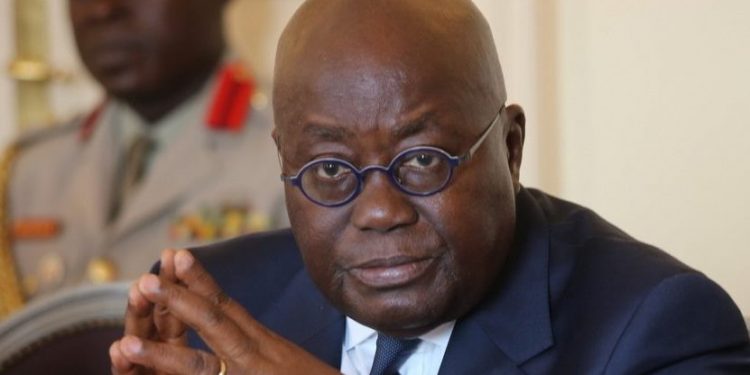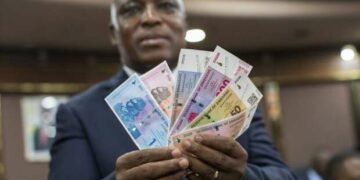International sovereign credit rating agency, Fitch Ratings, has projected an end-of-year debt-to-GDP ratio of 81 percentage points for this year – 2021.
The projected 81 percent debt-to-GDP ratio implies an approximately 11 percentage points increase in the country’s total debt stock given that the country’s current debt-to-GDP ratio stands at 70 percent.
Ghana’s debt-to-GDP ratio for 2020, according to the Finance Minister, Ken Ofori-Atta increased by some 13 percentage points on a year-on-year basis – from 58.7 per cent to 76.1 percent at end-December 2020 – due to the fiscal impact of the Covid-19 pandemic and the financial and energy sector costs.
Included in the debt stock and debt-to-GDP ratio at end-2020 are the following non-recurrent burdens that we had to deal with as a matter of urgency, a fiscal impact of Ghs 25.2 billion due to Covid-19, financial sector costs of Ghs 21 billion, costs of excess capacity charges of Ghs 12 billion paid to Independent Power Producers (IPPs) and reduction in growth from an average of 7 percent to 0.4 percent in 2020, stated the Minister at a press briefing on May 9, 2021.
He continued saying, If these are excluded and the drop in GDP which is primarily attributable to Covid-19 are taken into account, the debt stock for 2020 would have approximately been Ghs 239 billion, implying a debt-to-GDP of 58.7 percent which is below the ECOWAS ratio of 70 percent to GDP.
According to Fitch, the end-of-year debt-to-GDP ratio of 81 percent will be inclusive of ESLA bonds amounting to 2.5 percent of GDP.
“We forecast general government (GG) debt to reach 81% of GDP in 2021, including 2.5% of GDP in bonds held through the Energy Sector Levy Act Plc., which is excluded by the government,” stated Fitch.
The projection by Fitch follows its rating of Ghana’s Long-Term Foreign-Currency Issuer Default Rating (IDR) at ‘B’ with a negative outlook.
Previously, Ghana’s Long-Term Foreign-Currency Issuer Default Rating (IDR) was affirmed at ‘B’ with a positive outlook.
In its assessment of the Ghanaian economy, the credit rating agency noted the revision of the outlook to negative reflects the significant deterioration in the country’s public finances stemming from the Covid-19 pandemic and the delays to the government’s fiscal consolidation efforts, which reduce Ghana’s ability to absorb further shocks for an extended period.
Adding the ‘B’ with a negative outlook rating reflects the country’s high public debt level and low revenue base, which means that Ghana’s debt affordability metrics will remain weaker compared to its peers in Sub-Saharan Africa.
Also, the the International Monetary Fund (IMF) has projected Ghana’s total debt stock to hit 86.6 percent in 2025.
According to the IMF, Ghana’s debt stock is expected to continue on an elevated path reaching 81.5 percent this year, 83.2 percent in 2022, and further to 84.8 percent, 86.0 percent and 86.6 percent in 2023, 2024 and 2025 respectively.
The country’s debt stock will however, reduce by 1.1 percentage points in 2026, ending 2026 at 85.5 percent.
Fitch however, posits that despite the projected increase in the country’s total debt, Ghana still has good access to both domestic and external fiscal financing.
“Despite the increase in government debt, Ghana has good access to fiscal and external financing. The government issued USD3 billion in Eurobonds in March 2021 and has budget approval to issue an additional USD1 billion, which will be enough to cover the USD3.3 billion in external debt principal and interest payments that we estimate for 2021. Domestic debt markets remain liquid and domestic debt yields remained broadly stable over 2020, even as the government increased its domestic issuance,” noted Fitch.








